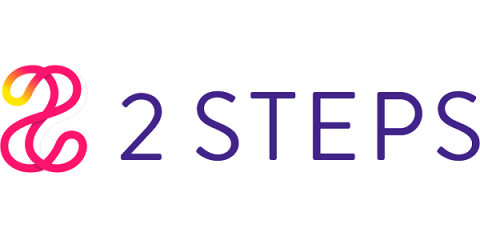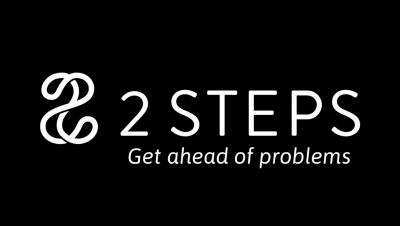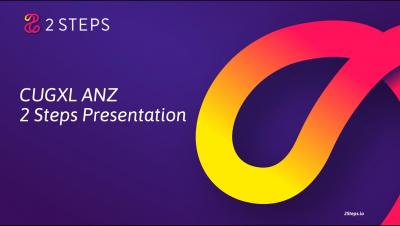The importance of synthetic monitoring for DevOps
As businesses strive to reduce waste, contain costs, and boost profits in today's hyper-competitive tech ecosystem, increasing launch speeds has become critical. The faster and smarter you launch, the quicker you reap the rewards. In fact, in 2018, over 46% of dev teams used agile project methodologies to hack their launchpad and create more streamlined pipelines. But, while many organisations are nailing the 'speed' part of launches, few have taken steps to optimise the delivery value stream.




